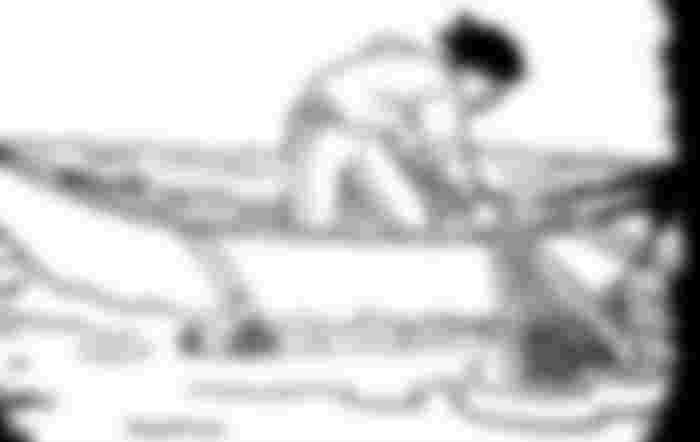The physical characteristics also affect and dictate the livelihood of the people.
The residents often utilize the natural recourses in their community or within its periphery in relation with their livelihood.
In communities located in the plain or valley, farming is the primary livelihood.
Farmers plant crops that suit the climate and soil type of their community.
They also take care of animals or engage in animal husbandry.
Central Luton, bicol, cotabato, and iloilo are suitable for rice cultivation.
Quezon, samar, bohol, and albay, on the other hand, have large coconut plantation.
Various vegetables are planted in benguet and laguna.
Likewise, abaca plantation are prevalent in davao, albay, and sorsogon.
Tobacco is among the primary products in ilocos norte, ilocos sur, and cagayan.
In communities near water forms, fishing related activities are the primary livelihood.

Some catch fish in the rivers, lakes, and seas.
There are also people who build fishponds in lakes.
There are many fisher folks in communities near laguna de Bay, lingayen gulf, camotes seas, sorsogon bay, and davao gulf, many people culture seaweeds in communities near the west Philippine sea, sulu sea, and camotes sea.
In communities near forests, logging and related activities are the common livelihood of the people.
Examples of which are furniture making and extraction of wood sap.
There are many lumber and furniture factories in isabela and cagayan.
In other places, a large space is alloted to planting trees that will be cut down once they have matured.
This is practiced to preserve the forests.
Miners are commonly seen in communities with abundant mineral deposits.
They are either working in a big mining company or mining on their own.
There are mining sites in paracale in camarines norte, as well as in communities in bulacan, pampanga, and South cotabato.

Livelihood adaptation...very nice post..cheke me my post dear..please